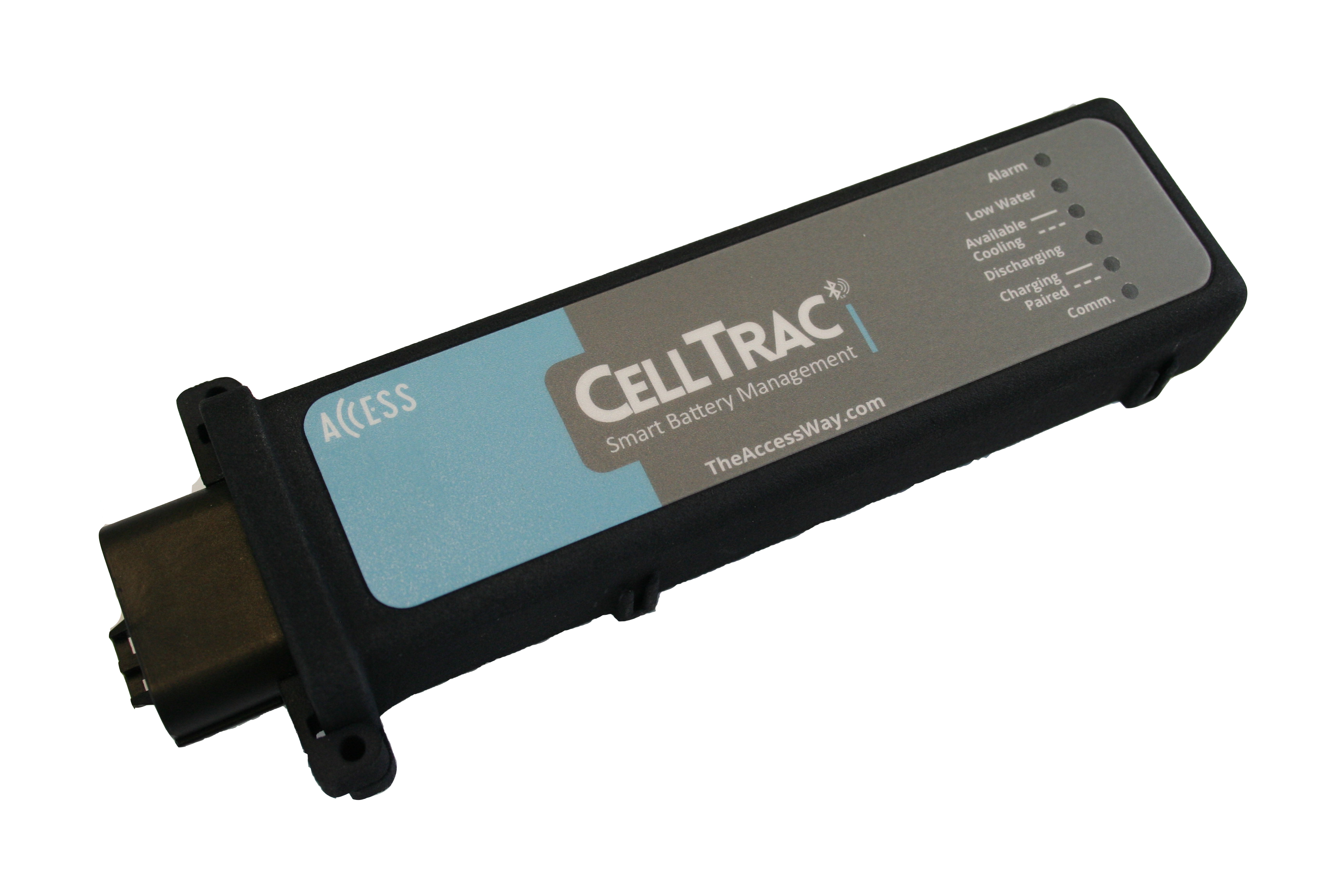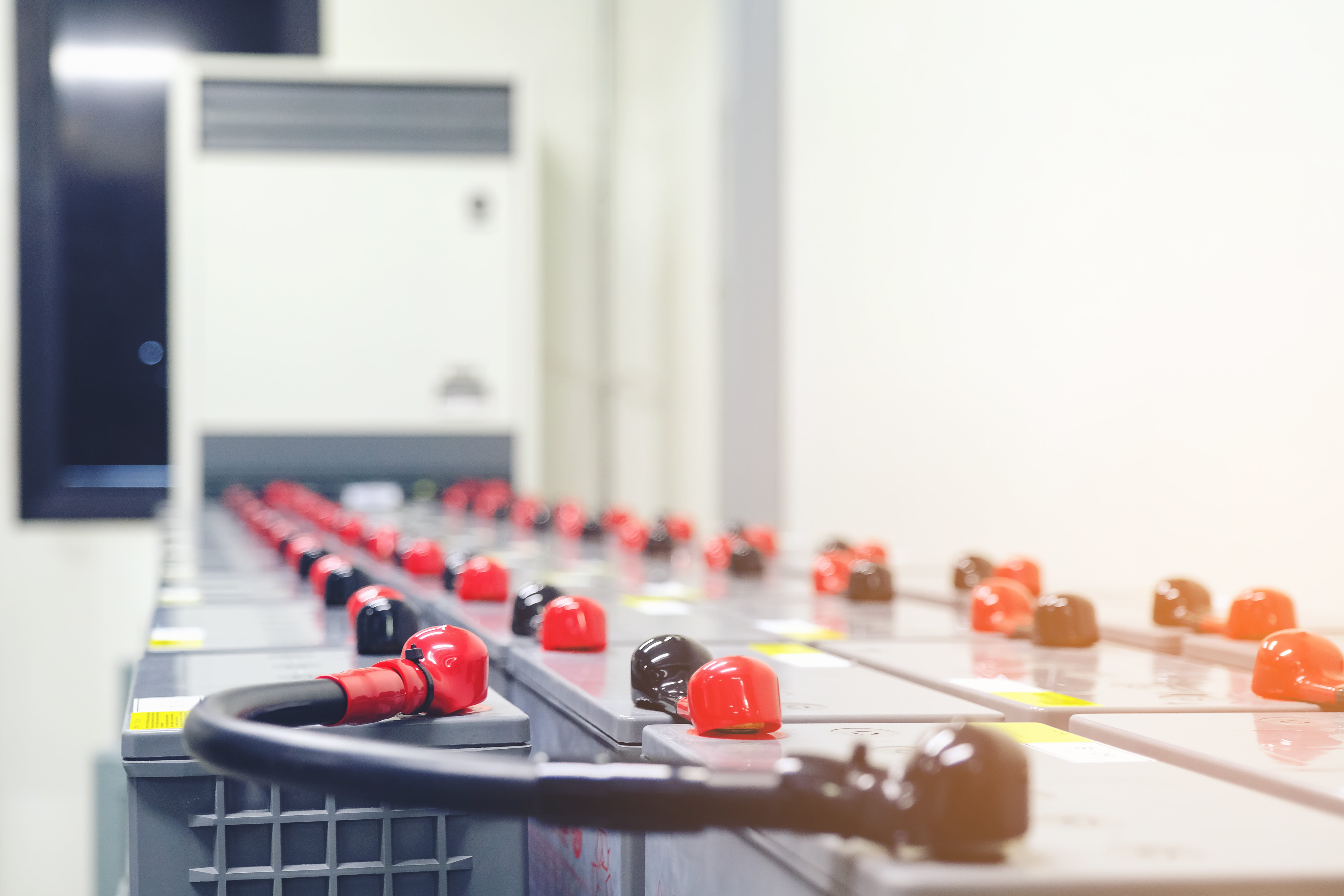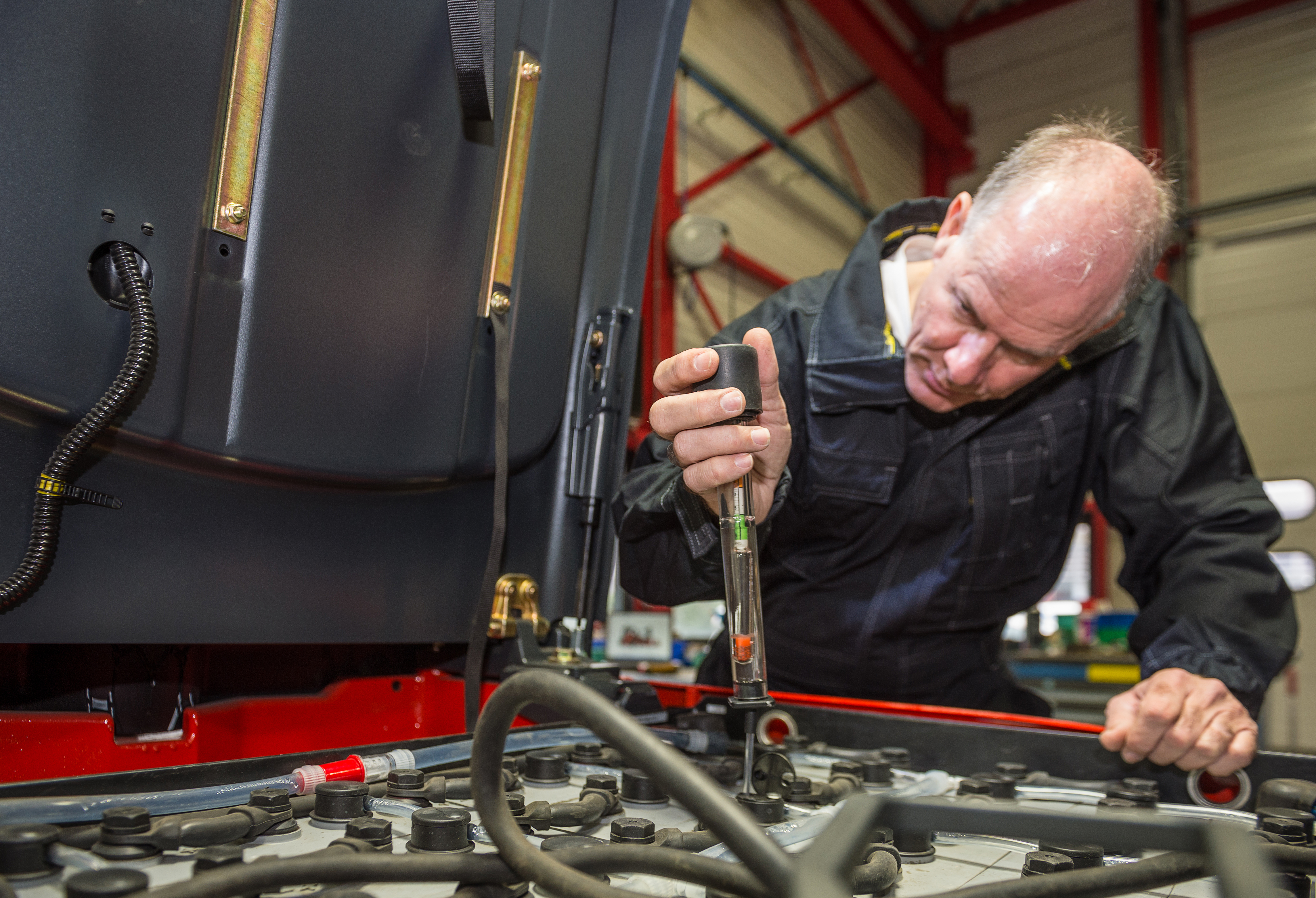Why It’s Crucial To Maintain Healthy Water Levels In Your Industrial Batteries
Batteries are no longer commodities; they are the heart of your fleet operation. However, due to its high cost and importance, it requires special care.
An industrial battery can typically last between three to five years. Adhering to proper watering and charging guidelines is the key to maximizing its lifespan and making the investment count. Failing to follow these guidelines can decrease the lifespan of a battery by up to two years. With the average battery investment for a typical sized EV fleet ranging from $5k-$8k, losing as much as two years of battery life can be devastating for any operation not just because of the more frequent upfront costs but also through increased maintenance costs and money lost through increased vehicle downtimes.
Today we are going to explore in detail one of the two crucial steps to extending your battery’s life: watering.
Why Do Batteries Need Water?
We tell you batteries require regular watering service to function correctly, but why?
If water levels are too low, there may not be enough water to cover the plates before a charge. This puts the battery at high-risk for overheating and running completely dry, completely destroying the battery.
If water levels are too high, this can cause an overflow in the battery, which can lead to damages and acid dilution.
Whether too low or too high, inaccurate water levels in a battery can cause downtime, maintenance costs and safety hazards to go up while lowering battery lifespan.
What Water Should You Add?
Now that we know why watering is so important, is there specific water that should be used?
When watering your battery, always use clean, distilled water. Battery water should be clean and pure. Avoid the likes of tap water; even the smallest impurity can lead to chemical battery damages.
What Is The Right Amount of Water?
So now that we know the why’s and what’s of watering batteries, let’s jump into the how.
The proper guidelines for watering batteries state that the water should only reach the top of the lead-acid plates in each cell. This should be about a half inch below the battery cap opening. Filling below or above that line puts you at risk for over or underwatering your battery, and ultimately the risks we stated above.
But a battery is a black box, how should I know if they are at the right level?
To make sure your water levels remain at their ideal healthy level, you can utilize battery management devices that monitor the electrolyte and water levels of all of your batteries in your fleet so you are notified if levels ever get too low or too high.
 Our wireless battery management device, CellTrac monitors levels and sends alarms and alerts in real-time, helping managers have insight into the black box that is batteries.
Our wireless battery management device, CellTrac monitors levels and sends alarms and alerts in real-time, helping managers have insight into the black box that is batteries.
If you want to learn more about getting more out of your battery’s lifespan, check out our blog How to extend your battery’s life by two years.


